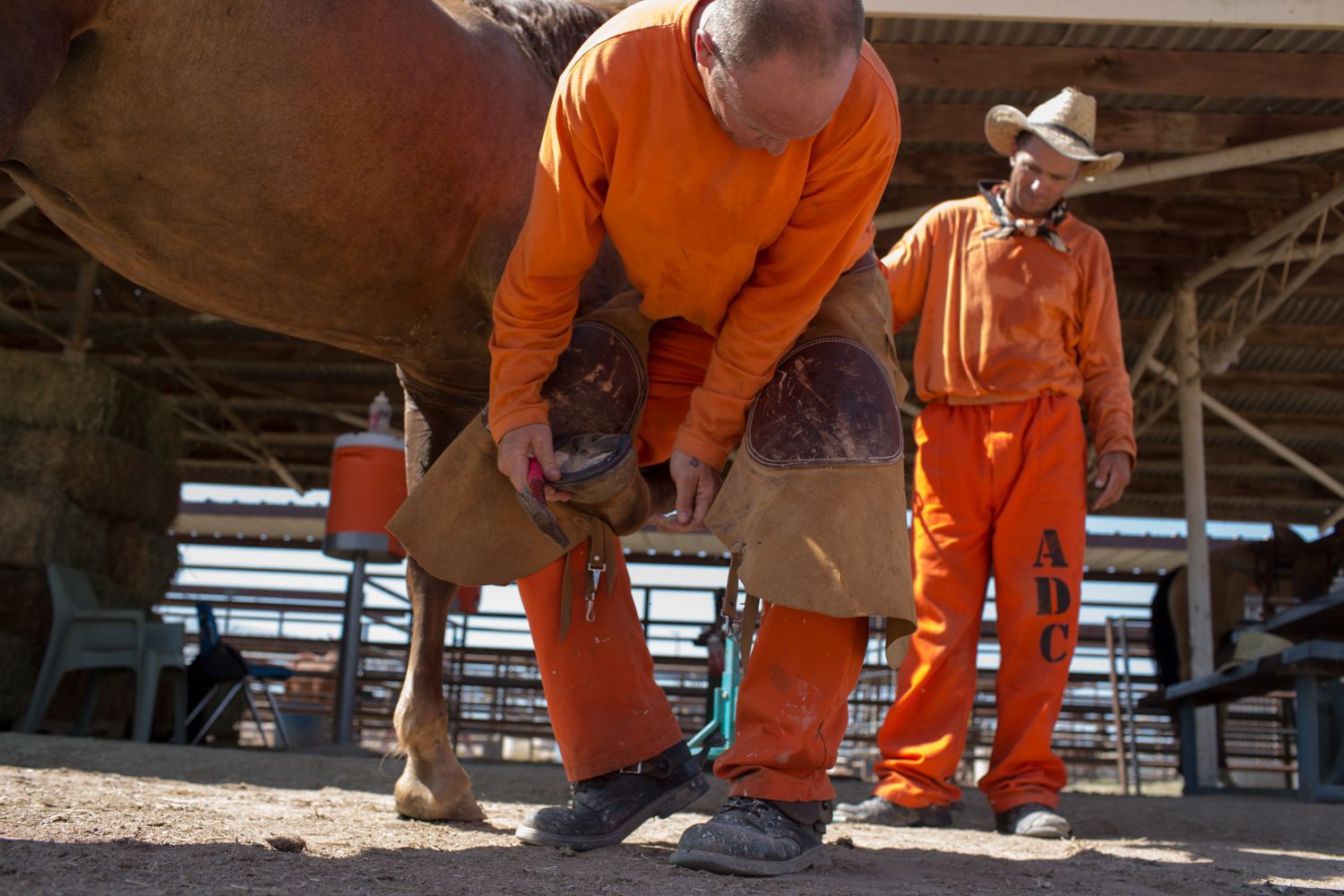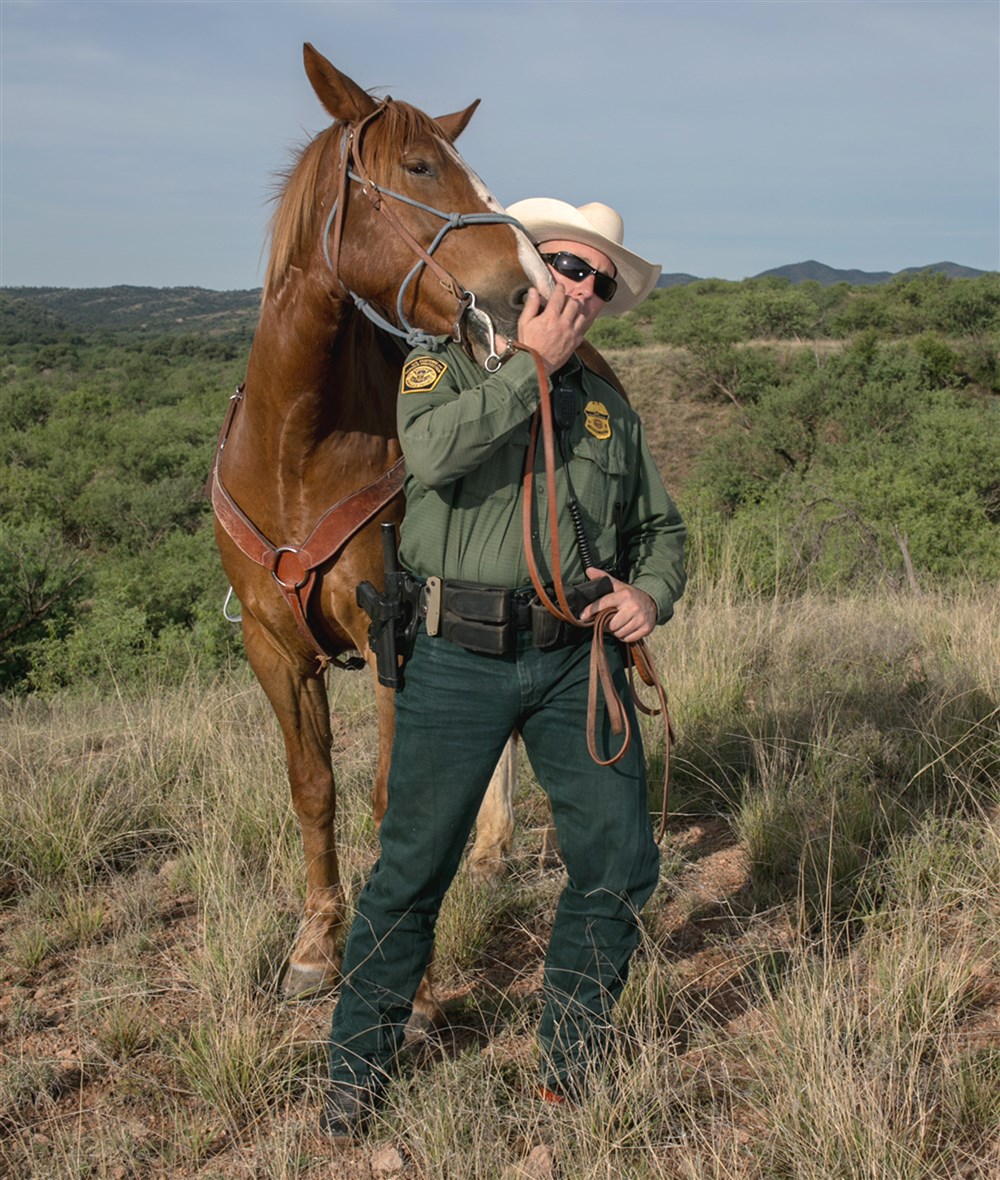
- Inspiring People -
- 5mins -
- 884 views
Wild Horses & Wilder Men: Inmates train mustangs in Arizona, but who is taming who?
A group of men at the state prison in Florence, Arizona, are taming wild mustangs as part of a unique rehabilitation program that has seen a marked reduction in reoffending rates.
Inmates in Arizona Train Wild Horses As Part Of Rehab Program
Around two-thirds of prison inmates in the US will be back behind bars within three years of their release, and three-quarters within five years. Those figures are far lower for a group of men at the state prison in Florence, Arizona, where taming wild mustangs for the Border Patrol is part of a unique rehabilitation program.

Arizona prison where inmates train horses for US Border Patrol sees huge drop in reoffending rates
Dozens of prisoners in Florence, Arizona, just can’t wait to get up for work in the morning. — reported PrisonFellowship
The minimum-security prisoners pair up with mustangs (wild horses) and burros (small donkeys used as pack animals) at Florence State Prison for a unique job opportunity. In an effort to protect local rangelands and teach men behind bars a new trade, the Arizona Department of Corrections (DOC) partnered with the Bureau of Land Management (BLM) to form the Wild Horse Inmate Program (WHIP).
From the stall to the training facility, prisoners bond with the horses and train them to be fit for adoption. The men work one-on-one with the horses under the supervision of Randy Helm, a former narcotics detective and experienced rancher. Unlike Helm, most of these men have very little experience training animals.
It’s a learning experience for everyone. That’s the magic of it.
“I never even had a puppy,” Dashonte Al-Wakil told The Arizona Republic.
Dashonte is one of many prisoners-turned-horse trainers who work daily to break these headstrong animals. Granted, the acronym is a bit misleading—WHIP trainers are careful to use gentle methods—and that process does not benefit just the horses.
“What I learn from my horses is patience, love and caring, and trust,” says Dashonte. “When these horses first come in, their problem is trust. When I first come [sic] into prison, that was my problem.”
Prisoners spend around four months training their horses. That process requires trust, and trust takes time.
Eventually, as the horses experience transformation, the prisoners do as well. “There’s a process to get there and you can’t take short cuts,” Helm said. He emphasized the value in watching the project through to completion. Men leave the program with a sense of accomplishment, having gained new skills, a solid work ethic, and self-confidence.
“We ask a horse to yield one thing at a time, not be rideable immediately, but to be better every day,” Helm continued. “We let these horses prove themselves; why can’t we let these inmates prove themselves?”
Source: PrisonFellowship.org
BELOW: OVER FIFTY PARTICIPANTS HAVE BEEN RELEASED SINCE 2012 — SO FAR ONLY TWO RETURNED TO PRISON










Over fifty participants have been released since 2012 — so far only two returned to prison
Of the 50+ inmates that have taken part in the program since it’s inception in 2012, only two have found themselves back behind bars after being released. While the program is fairly young, a 5% recidivism rate is still significant. It is evidence of the enduring impact of constructive prison culture. By helping horses change their behaviour, WHIP trainers learn that real change is possible. A changed life is like a fresh start—a new life.
The program has brought forth other kinds of new life, too. In 2014, they welcomed the first foal ever born into the program. They named him Justice.
Source: PrisonFellowship.org

